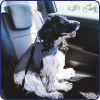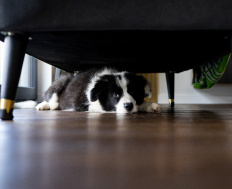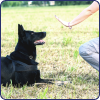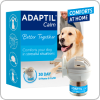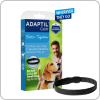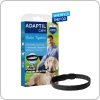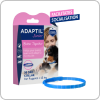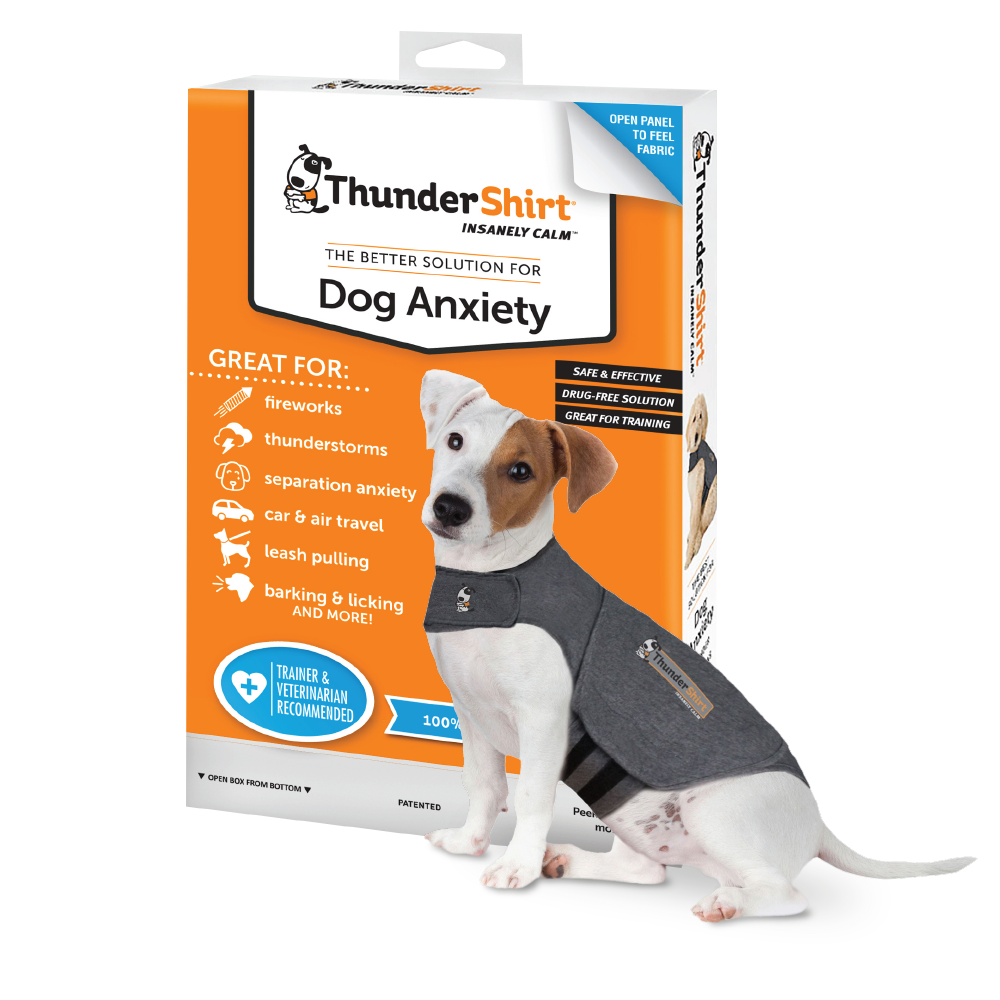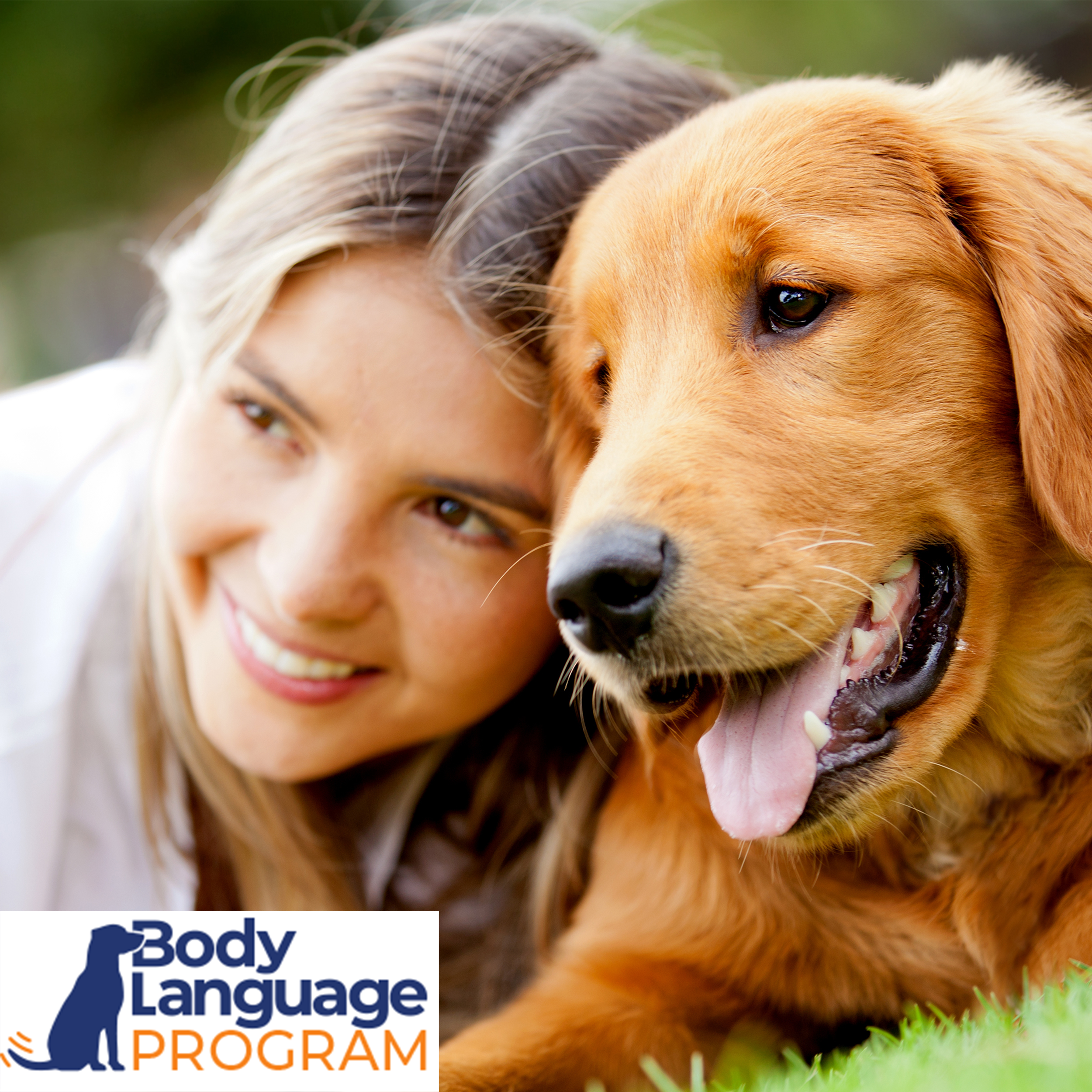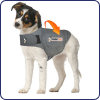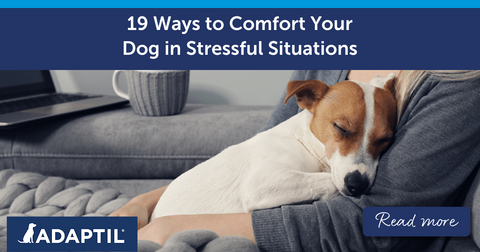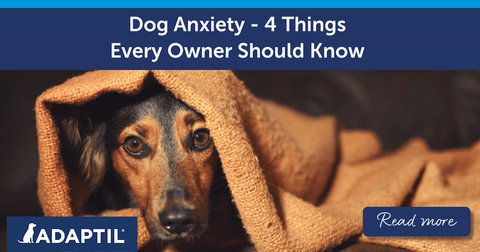
How Sound Therapy Can Support Our Dogs
Sound therapy: do these two words immediately put you in mind of calm waves lapping at the shore, the gentle rustling of leaves in a forest, or the rhythmic patter of rain against a window? Well, sound therapy goes beyond your favourite yoga playlist—it can be a helpful tool for supporting dogs to overcome noise aversion and remain happy, calm, contented little pups.
In this blog, we’ll explore what we mean by sound therapy for dogs, how it works, and what techniques to combine it with to get the best results for our canine companions.
What Is Desensitisation Sound Therapy for Dogs?
So, sound therapy for dogs: what is it? In short, desensitisation sound therapy is a method designed to help dogs gradually adjust to loud or startling sounds by exposing them to noises in a controlled and positive way. The aim is to teach dogs that certain sounds are normal and not something to fear or be worried about.
Dogs can be affected by a range of noises. For example, thunderstorms, fireworks, and traffic can all be common fears, as well as household sounds like vacuum cleaners or a beeping microwave. Loud noises in particular can be challenging for dogs if they’re sudden and startling, but other sounds can also trigger anxiety if they’re new or if your dog has a negative experience associated with them.
Of course, a loud, startling noise is something we would all react to in one way or another. For some dogs, they can be deeply upsetting, causing them to struggle to settle again for extended periods of time after experiencing the noise. It’s important we look for ways to support our pooches as much as possible, so by using calming sounds for dogs, we can help our pets understand that not all loud noises are threatening.

How Does Sound Therapy for Dogs Work?
Sound therapy for our pooches can be used in two main ways: to introduce puppies to a variety of sounds early in life, or to help desensitise dogs who already experience noise aversion. Each approach requires a slightly different method to achieve the best results.
Generally, sound therapy for dogs helps by:
-
Preventing and reducing noise aversion.
-
Promoting calmness during loud events, such as fireworks or thunderstorms.
-
Creating positive associations with potentially distressing sounds.
Sound Therapy for Puppies
Introducing puppies to various sounds early in life is a great way to help prevent fears from developing later. Here’s how you can start:
-
Early exposure: Gradually introduce your puppy to various sounds at a low volume. This will integrate them into your puppy’s everyday experiences and enable them to cope better when they encounter them unexpectedly.
-
Positive reinforcement: Pair these sounds for dogs with positive experiences, such as treats or playtime, to create a positive association.
-
Vary timing and location: Play sounds at different times and places to avoid your puppy associating them with a specific environment or routine. You can’t always predict when a sound may occur, so it’s no good if your puppy only associates them with being safe and cosy indoors!

Dogs with Noise Aversion
For dogs already showing signs of noise aversion, sound therapy involves gradual, carefully controlled exposure to their triggers:
-
Start in a controlled environment: Use a quiet, safe space where your dog feels secure. Only begin when your dog is relaxed and open to training, ideally when they’re not going to experience any loud noises naturally (such as if a storm is approaching) so you have control over how and when they’re going to hear the sound.
-
Begin at a low volume: At first, play the sound at a barely audible level that doesn’t provoke fear. This may even be inaudible to you—remember that a dog’s hearing is much more powerful than ours!
-
Gradually increase volume: Slowly raise the volume and duration of the sounds over time, allowing your dog’s responses to guide you. If you notice your dog is showing signs they may not be relaxed or are stressed, go back a volume level for your next session.
-
Consistency and repetition: Patience and persistence are vital. Regular, short sessions are more effective than long, infrequent ones. It's also important to repeat this training at different times of the day or in different locations to help your dog generalise the positive experiences beyond one spot.
-
Incorporate positive reinforcement: Reward calming behaviour with treats, praise, or play to build positive associations.
-
Use ADAPTIL Calm: An ADAPTIL Calm diffuser can be a great way to help dogs feel reassured and comforted during the desensitisation training process at home. There’s no sedating effect – the diffuser uses natural messages to help dogs feel calmer and more relaxed without making them drowsy—so it won’t affect your dog’s ability to learn. For continuous support, or when out and about, the ADAPTIL Calm Collar helps reduce stress and anxiety.
Dog Sound Therapy Resources
If you’re unsure where to start, resources like Sound Therapy for Pets (available through Dogs Trust) provide professionally recorded tracks and guides. We recommend using:
-
Sounds Scary: Designed for distressing noises like fireworks.
-
Sounds Sociable: Helps puppies acclimate to everyday noises.
-
Sounds Soothing: Useful for changes in the household, such as a new baby.
Music as a Calming Tool
While different from sound desensitisation, music can also be a great way of introducing calming sounds for dogs—so it’s worth a mention! Interestingly, research suggests certain genres even have different calming effects:
-
Classical music: Has been shown to have a calming effect on dogs, reducing stress and anxiety.
-
Reggae and soft rock: These genres have also been found to help dogs relax.
-
Pet-specific music: There are some music tracks specifically designed for pets, incorporating frequencies and tempos that have a soothing effect on dogs.
You could also try our mix of calming music for dogs. These soft tones can help your dog to feel more at ease when they’re feeling stressed, trying to sleep or are home alone.
Playing sounds to help dogs sleep or unwind can be particularly beneficial during stressful situations like vet visits or car rides. We recommend pairing music with ADAPTIL Calm for the best results.

Other Soothing Sounds
In some situations, white noise and sounds from nature can also provide comfort. White noise can mask distressing external sounds, while nature sounds may remind dogs of positive experiences.
Knowing what sounds are soothing to dogs requires understanding their individual preferences and past experiences. So, you’ll need to know your dog what sounds they’ve encountered, and how they tend to react to them.
Sound Therapy for Dogs: Tips for Success
Sound therapy is a powerful tool for desensitising dogs to loud noises and helping them remain calm. Just remember that patience is key. With the right approach, you can support your dog’s emotional well-being and create a more harmonious environment for both of you.
Lastly, we always recommend leaning on your local professionals. Qualified dog trainers, accredited behaviourists, or vet clinic teams can all support you during the process, giving additional help and advice if your desensitisation training is not progressing as you would like.
For more tips and advice on caring for your pooch, don’t forget to check out all our articles online! Or to receive our help straight into your inbox, sign up to our newsletter and we’ll keep you in the loop with all the latest ADAPTIL guides and info.
